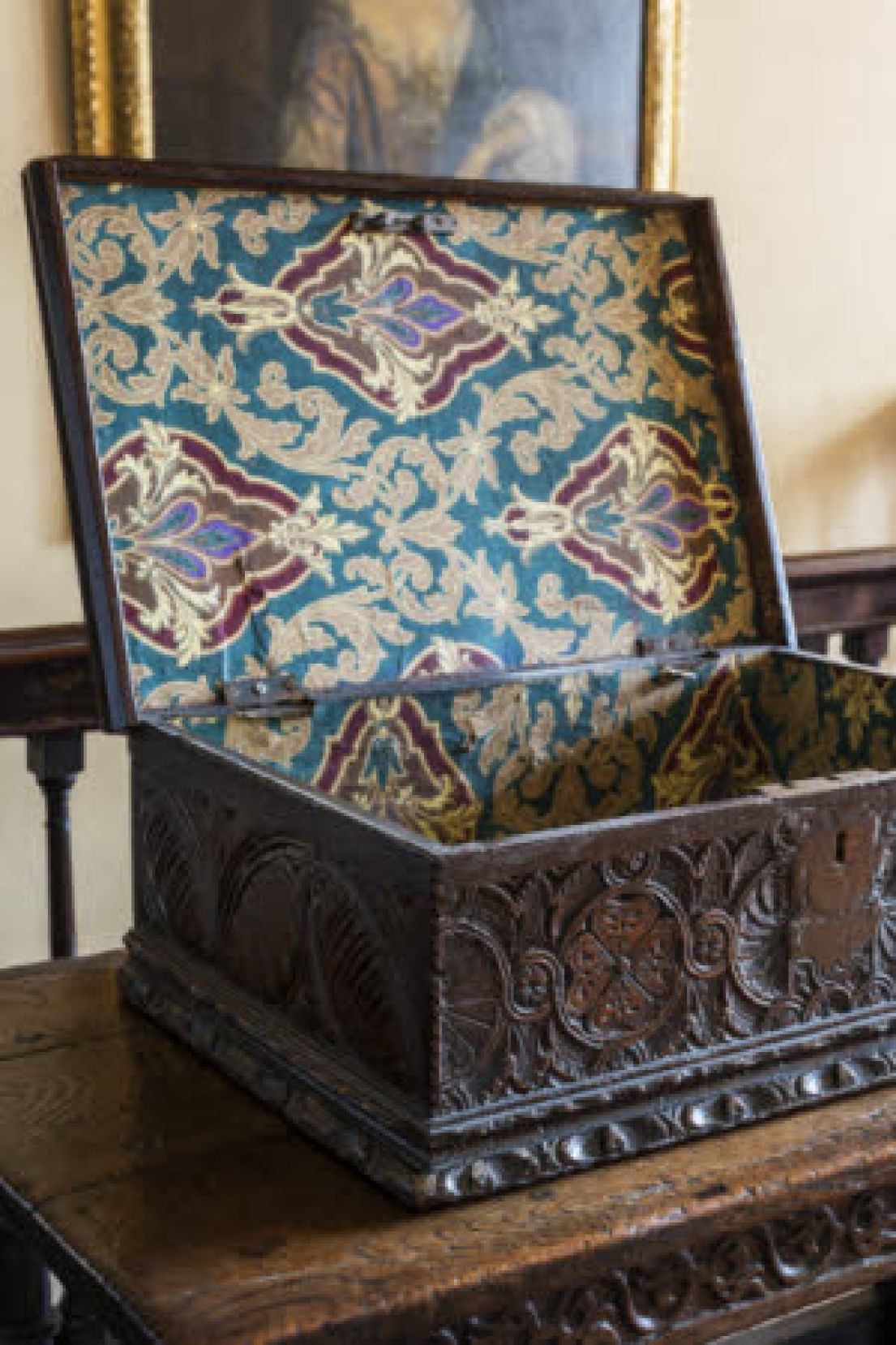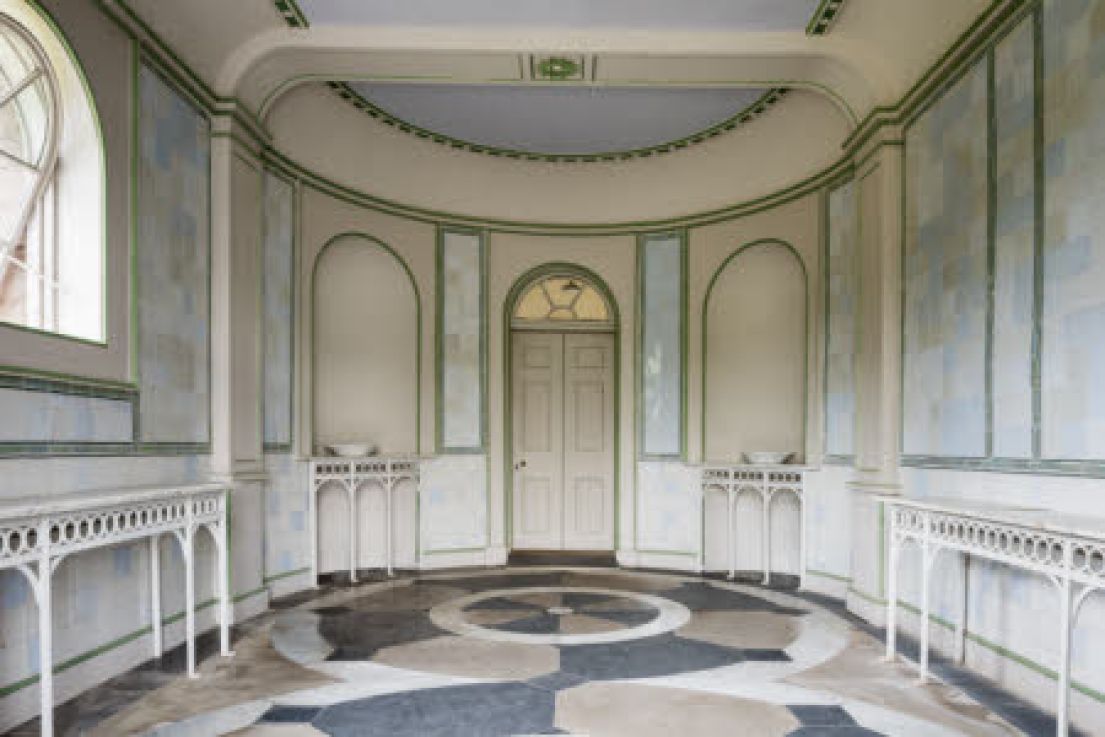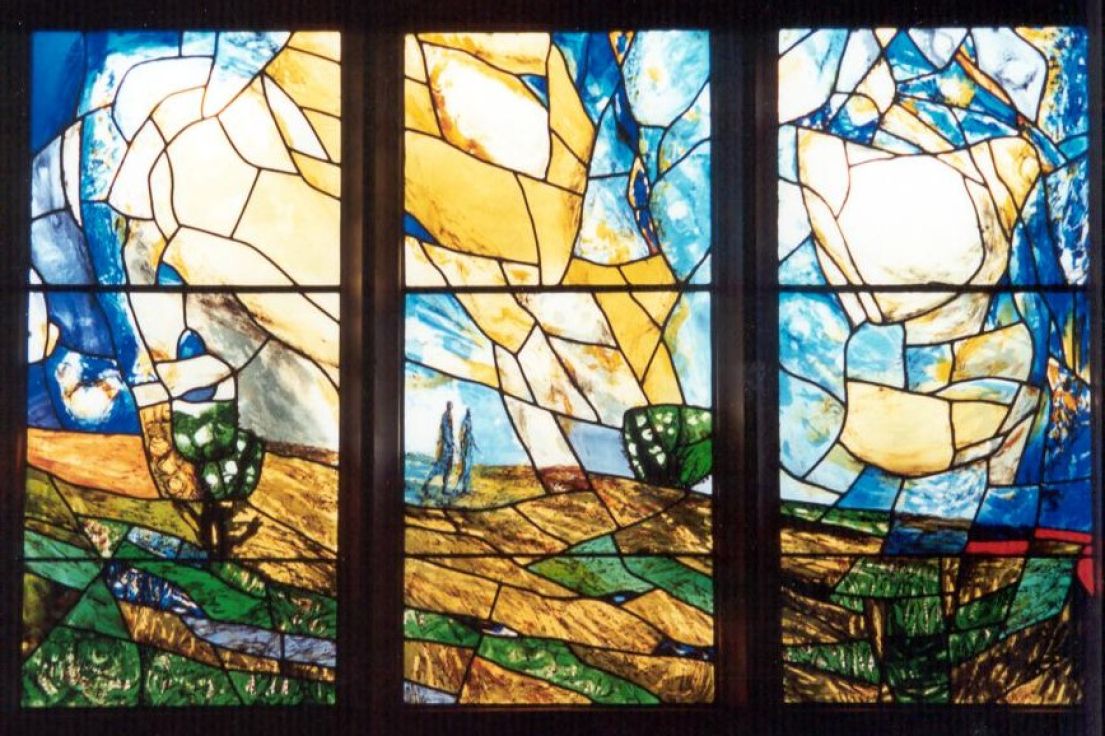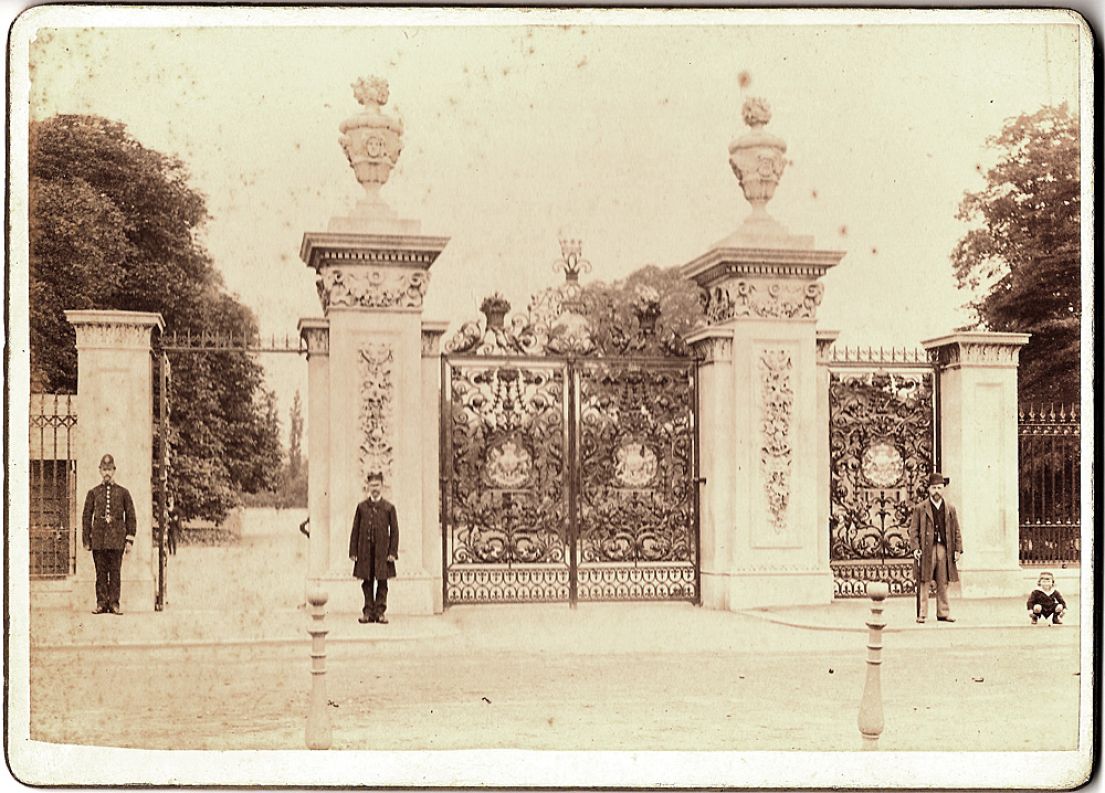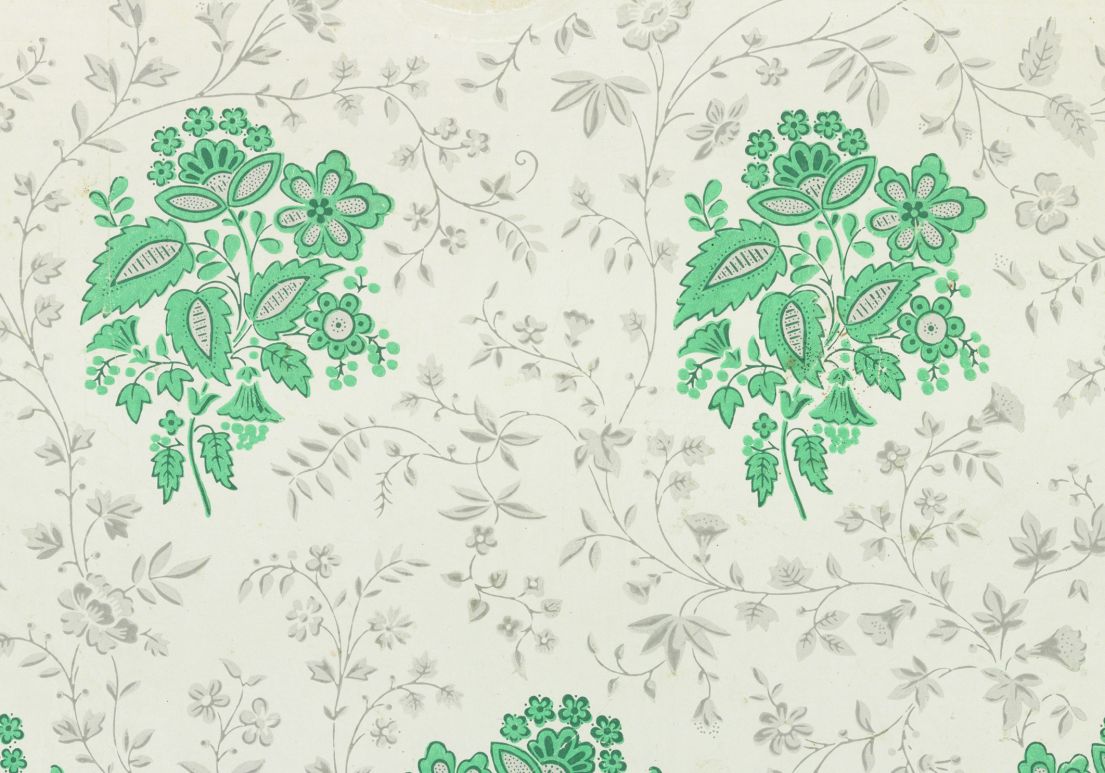
From churches and train stations to office buildings and the houses we live in – our heritage is all around us. Older buildings connect us to the past and the communities that used them before us. They give a place a unique character and help us to create a sense of community identity. Especially where they were built by artisans and craftspeople using a wide range of materials and techniques that we might not use anymore, like unusual glasswork, ironwork or wall paintings.
While older buildings were often made of high quality materials built to last, they still need conservators to look after them. To make sure they are protected against decay and neglect so that their stories survive to inspire present and future generations. Here are 5 unusual materials conservators work on in buildings – next time you visit a historic house, look out for them!
Deadly wallpaper
'Trippy' stone floors
Toxic timber doors
Doors make a big impression on people because we interact with them to enter a building. There are hundreds of examples of old doors, and they contribute a lot to a building’s character. Door handles, knockers and letterboxes can be lovely design elements often with a distinctive patina, the clear sign of many generations of use. There’s no need to replace most old doors; they can easily be repaired or upgraded for better security or draught-proofing...BUT... there is one element in door design that requires particular care: old paint!
Lead paint was traditionally used on doors on Georgian and Victorian buildings. Lead is harmful to human health and removing paint from old surfaces is potentially hazardous. However, because lead based paints are incredibly hard-wearing, and very beautiful, it is possible to use them to redecorate Grade I and II* listed properties, using paint supplied under licence from Historic England. If the building is not Grade I or II* listed then a suitable alternative is modern linseed oil paint which uses titanium dioxide as the pigment.
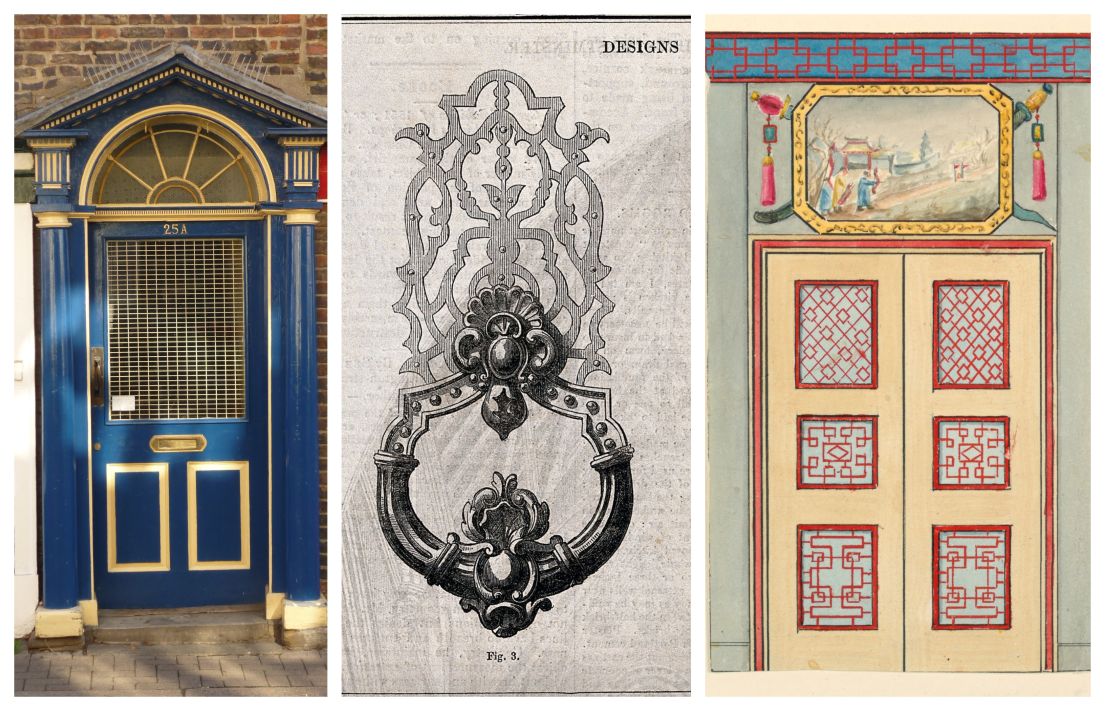
Delightful door designs, with some potentially deadly elements?! (© WikiCommons 1.Jim Osley 2.Wellcome Collection 3.Public Domain)
Poisonous windows
Guardian gates
Find out more
- Introducing Icon - the expert care and repair shop
- Icon's Resource Hub - guidance on caring for your treasures
- Conservators you can Trust - find out more about working with an Accredited Conservator-Restorer (ACR)
Discover more stories related to this year's festival theme, Creativity Unwrapped, on our blog:
Get involved! Meet the expert events are brilliant, and we want to encourage more of them!
- Got a story/place to share? - Find out how you can join our festival community
- What's on? - Listings will start to be published in June, and added to daily in the run up to the festival (8-17 September)

